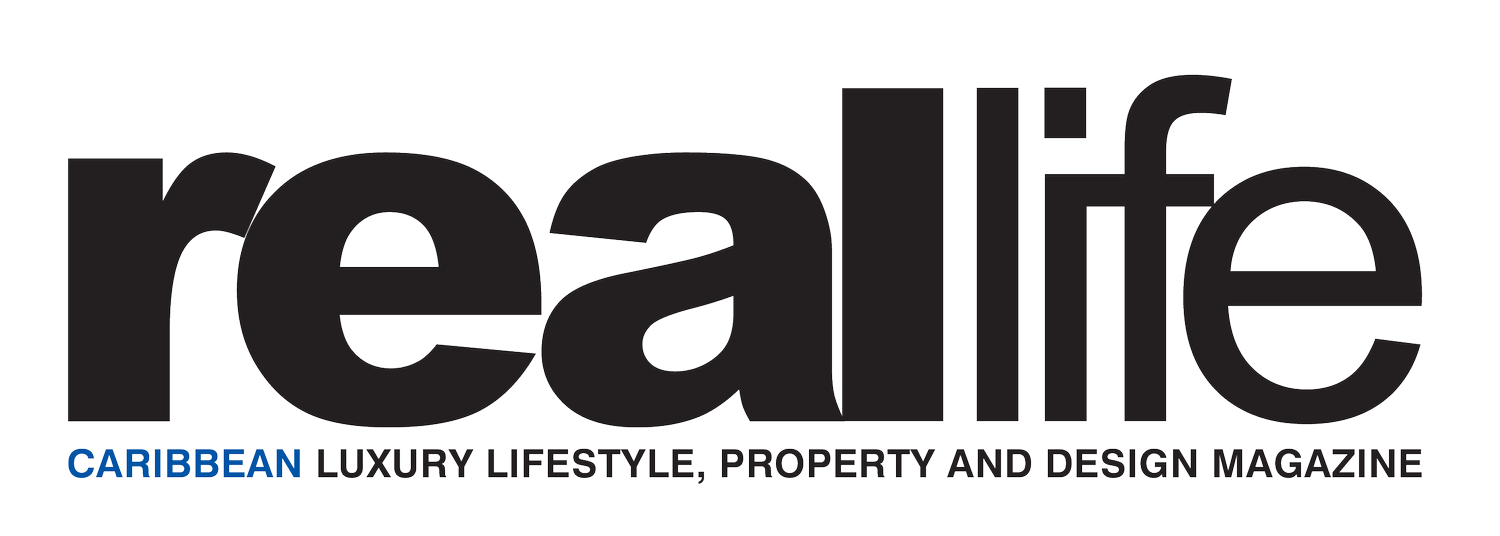
DESIGN | SIMPLY SMART
DESIGN | SIMPLY SMART
Words by Natasha Were.
HOME AUTOMATION
In today’s premium residences, home automation has evolved from novelty to necessity. Whether you’re building a new property or updating an existing home, incorporating smart systems is essential for creating the seamless, responsive living environment that defines contemporary luxury.
“Despite the many advantages, there is some hesitation in adopting smart systems in residential applications due to the perceived complexity,” says Chris Upstone, of Creative Tech. “The key is to design systems that are simple and intuitive to use, no matter how much is going on behind the scenes.” There are, broadly speaking, two approaches to home automation.
THE PREMIUM APPROACH
For discerning homeowners who require a sleek, refined system that is as reliable as it is invisible, fully integrated, hardwired systems are the gold standard. These systems are built into the fabric of the home: lighting, audiovisual, security systems and more are all physically connected with wiring hidden within the home’s walls.
An elegant solution, designed-in systems keep the technology out of sight, while users interact with it via a single, intuitive touchscreen or mobile app. The greatest advantage of these systems, however, is performance: rather than competing for wireless bandwidth, Chris explains, data travels down copper cables, eliminating the buffering and dropped signals that can plague WiFi-based systems.
STRATEGIC CONSIDERATIONS
While architecturally integrated home automation delivers superior results, it also requires considerable foresight. “Ideally, these systems are designed at the architectural planning stage for new builds or major renovations,” says Malcolm Eden, managing director of Audiophile. “It’s trickier to retrofit and can incur significant costs.”
The initial investment in these top tier systems reflects the bespoke nature of their design and installation, but the returns are convenience, security, energy savings and, potentially, enhanced property valuation.
THE FLEXIBLE ALTERNATIVE
For those constrained by existing architecture, who prefer a more flexible setup, or who are not ready to make a major financial commitment, smart home automation is not out of reach, however.
Wireless solutions offer a compelling alternative that can be installed in hours, not months. These systems use a voice assistant such as Siri or Alexa which connects to a variety of smart devices. Because they communicate through WiFi, Bluetooth or other wireless protocols, without the need for built-in wiring, these systems are straightforward and affordable to retrofit.
From voice-controlled lightbulbs and dimmer switches to smart locks that enable keyless entry, thermostats that learn your routines, video doorbells that show you who is calling even when you’re out, all the way to smoke detectors and security systems, today’s range of smart WiFi-enabled devices caters to every conceivable need.
SELECTIVE EXCELLENCE
The key to building a smart home this way lies in careful curation. “If you assemble a patchwork of devices from different manufacturers, they may or may not be compatible, and you may end up with a dozen different apps to control them” the team at Creative Tech cautions.
For residential applications, sticking to a single ecosystem, be it Google Home, Apple Home or Amazon Alexa, will deliver a more streamlined result and is designed with consumers rather than professionals in mind.
PERFORMANCE CONSIDERATIONS
One significant advantage of wireless home automation is its portability: simply unplug your devices and take them with you if you move. The downside, however, is its dependence on WiFi. Weak or unreliable coverage can cause smart devices to drop off the network, and in larger homes, the WiFi signal simply may not reach every corner. That is why, Chris stresses, a properly designed, solid WiFi system
is essential for wireless automation devices to function optimally.
There is no one ‘right’ approach when planning a smart home, only the one that best fits your circumstances, your budget and the functionality you seek. Staying up to date on the latest technologies in such a fast changing industry is challenging, however, making professional guidance invaluable.







